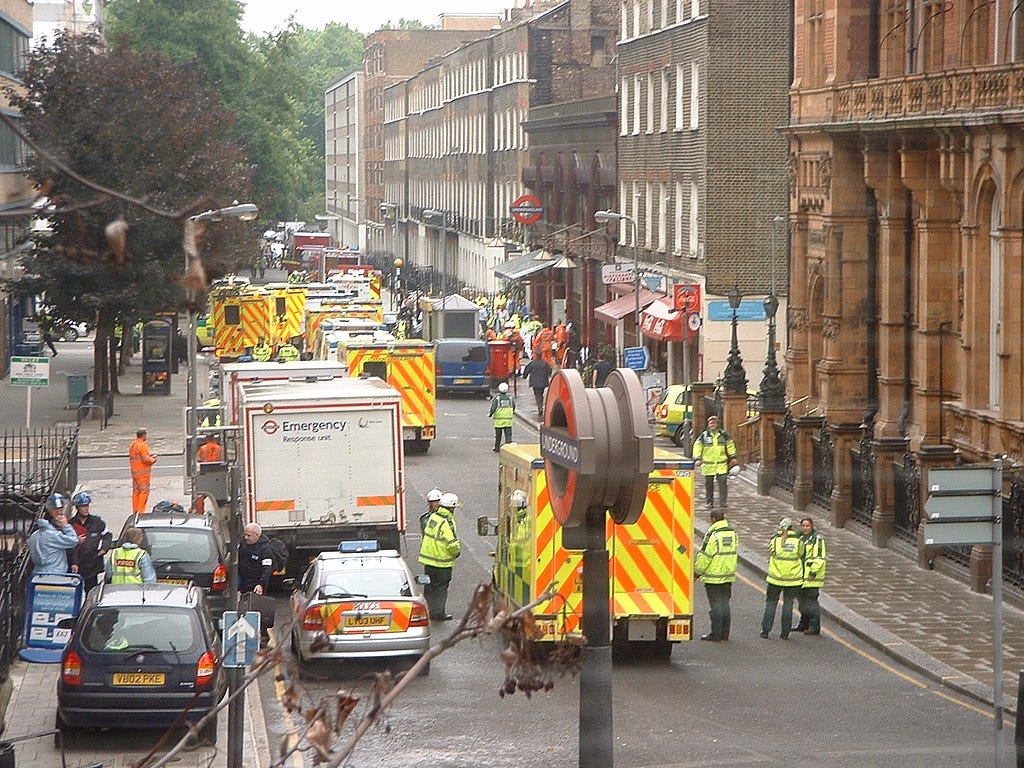UK Extremism Landscape Shifts Dramatically Two Decades After 7/7, New Report Finds
Two decades after 7/7, Islamist extremism still drives 75% of MI5’s workload as a new report reveals how the UK’s terror threat has evolved into a fragmented, unpredictable, and digital landscape
Two decades after the deadly 7/7 London bombings, Islamist extremism remains the primary security concern for British authorities, but the nature of the threat has shifted dramatically, according to a new report from the Institute for Strategic Dialogue (ISD).
The 2005 attacks, which killed 52 people, were claimed by al-Qaeda. At the time, Islamist terrorism was characterized by highly organized, top-down plots orchestrated by groups like al-Qaeda, targeting Western civilians and infrastructure in pursuit of a global jihadist agenda.
Today, the ISD report reveals, the UK faces a far more complex and fragmented extremist landscape. MI5 estimates that around 75 percent of its counter-terrorism workload still relates to Islamist extremism, and a quarter of cases in the government’s Channel counter-radicalisation program involve Islamist ideologies. However, the agency warns that simplistic labels like “Islamism” no longer capture the “dizzying range of beliefs and ideologies” now present in the UK.
The report highlights a significant shift from group-led, sophisticated attacks to more grassroots violence carried out by loosely connected or self-radicalized individuals. The spate of attacks in 2017 and 2018, while less sophisticated, demonstrated the severe harm such acts can inflict on public safety and democracy. Analysts note that while ideology remains central, many perpetrators are now driven by personal grievances and vulnerabilities, complicating efforts to predict and prevent attacks.
Globally, the Islamist extremist movement has evolved in response to events such as the Arab Spring, the Syrian civil war, and the rise and fall of the Islamic State. Some groups have shifted towards nationalist, locally focused jihadism—such as the Houthis in Yemen and Hayat Tahrir al-Sham in Syria—while others continue to pursue a global agenda.
The report also highlights the so-called ‘Axis of Resistance’ refers to a coalition led by Iran and includes allied militant groups such as the Houthis in Yemen, Hamas in Gaza, and Hezbollah in Lebanon. In the UK, their activities range from conducting hostile information campaigns and spreading antisemitic conspiracy theories to planning attacks.

Notably, the report warns of a surge in jihadist activity in Africa, where both al-Qaeda and Islamic State affiliates are expanding their reach and inflicting mass casualties, largely outside the spotlight of Western media.
The ISD concludes that while the direct threat from Middle Eastern groups has diminished since the height of al-Qaeda and IS, the risk from self-initiated extremists remains high. Meanwhile, Africa is emerging as a new epicenter of Islamist terrorism, posing fresh challenges for UK and global security.



